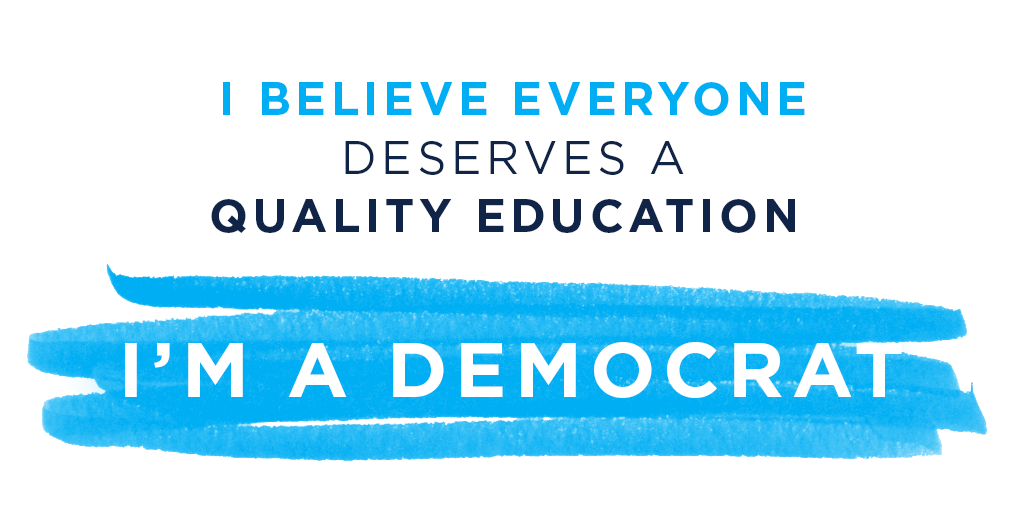By Joshua Holland
![gopwaronwomen[1]](https://mlegrd0d2dsc.i.optimole.com/cb:6jfX.43614/w:auto/h:auto/q:mauto/f:best/https://madisondems.org/wp-content/uploads/2014/07/gopwaronwomen1.png?w=207) As a coherent and consistent political narrative, “the war on women” is relatively new. But the underlying tension between conservative religious beliefs and women’s access to reproductive health care — including legal abortion without overly burdensome regulation and insurance coverage for contraceptives — is not.
As a coherent and consistent political narrative, “the war on women” is relatively new. But the underlying tension between conservative religious beliefs and women’s access to reproductive health care — including legal abortion without overly burdensome regulation and insurance coverage for contraceptives — is not.
Nor is the gender-gap in American politics. In 2012, Barack Obama took advantage of a record 20-point gap between men and women, but similar gaps have been been apparent since the rise of the religious right as a force in American politics, as this chart by Nate Silver illustrates:
The Democratic advantage is most pronounced among younger, unmarried women (300± in Madison County alone). Courting this voting bloc is a key strategy for Democratic candidates because, as The Washington Post noted in April, “Women make up a larger percentage of the electorate than men, [and] are disproportionately likely to go to the polls in midterm election years.”
Getting these voters to the polls will be crucially important for Democrats in this year’s midterms.


